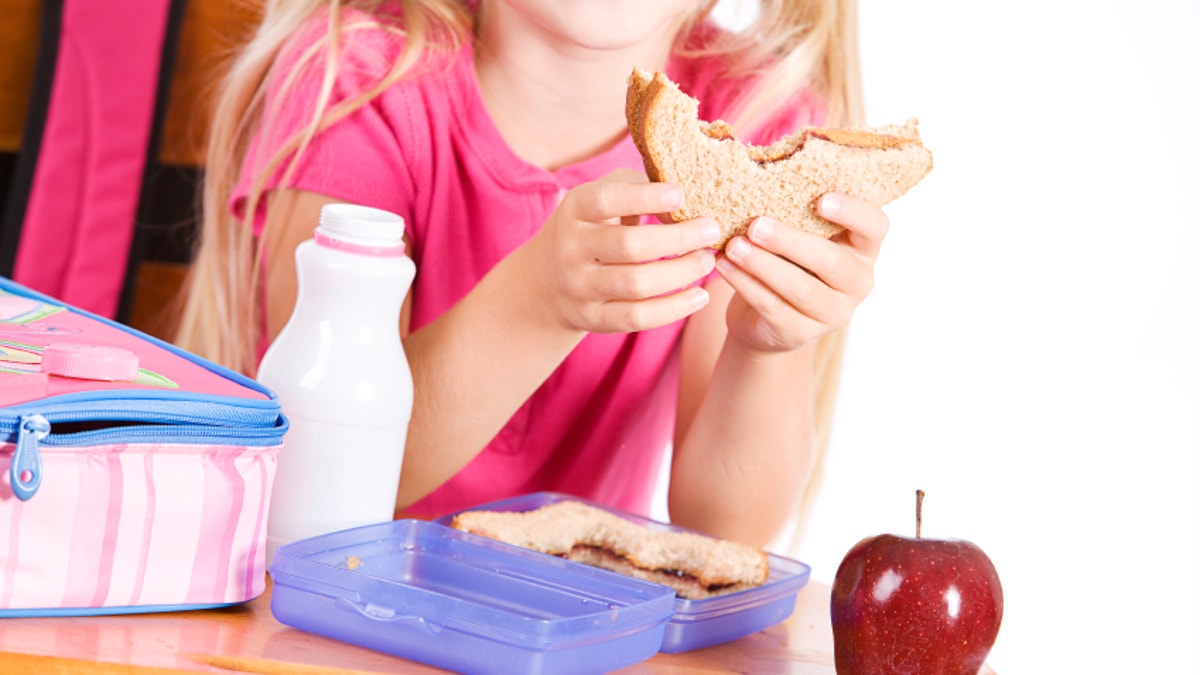
Digital Image by Sean Locke Digital Planet Design www.digitalplanetdesign.com (copyright 2008 Sean Locke Digital Planet Design)
It’s that time of year again: Time to rethink how you pack your child’s school lunch.
Having an unbalanced lunch and snacks can affect concentration, energy and mood throughout the day. A healthy lunch every day may seem daunting, but with a few simple tips and some organization, it is definitely possible.
Find a safe and fun container. Traditional plastic baggies and containers have been known to leech small amounts of chemical substances like bisphenol A (BPA) into food at certain temperatures. You can easily avoid these chemicals by choosing stainless steel or biodegradable containers.
Build your lunchbox around four kinds of foods: carbohydrates, healthy fats, vegetables and fruits.
Starchy vegetables and legumes like sweet potatoes, plantains, carrots, peas, beans and even coconut flour should make up one or two servings of carbohydrates to keep energy levels going all day.
Healthy fats and protein will prevent a blood sugar spike and can help stabilize moods and improve concentration. Great fats to include are eggs, coconut oil, avocado and nuts. And always include proteins such as chicken thighs, drumsticks, fish or even additive-free hot dogs made from grass-fed, organic beef.
A rotating selection of fruits and vegetables, cooked or raw, provides a great range of added nutrients. Try a delicious broccoli or raw carrot salad with raisins, or cut up veggies with your favorite dipping sauce.
The quickest way to pack a lunchbox is to use dinner leftovers and add a few fresh additions. Raw vegetable sticks, fruit skewers or apple slices with almond butter all easy-to-prep snacks. A roasted chicken from dinner can quickly be turned into chicken salad or a chicken quesadilla.
Having some lunchbox staples on hand is great for the days you don’t have leftovers.
Wild tuna and salmon make great sandwiches on sprouted bread, using avocado instead of mayo to increases nutrition.
Hardboiled eggs and assorted nut butters can round out a meal by adding both protein and healthy fats.
Frozen fruits can be blended with yogurt for a filling smoothie and frozen peas and carrots make a quick, starchy vegetable choice.
Dried fruits and nuts make a kid-friendly trail mix and can take center stage in a pinch since they’re calorie and nutrient dense.
Keeping price down is important to ensure that you can keep it up throughout the school year. Shop your local farmers market for fresh, in-season fruits and veggies since imported produce that isn’t in season can be pricey. Wholesale stores are a great option for buying things like dried fruits and nuts in bulk rather than buying pre-portioned packages that tend to be more expensive.
Allowing children to be involved in deciding what goes in their lunchbox also cuts down on the chances of food going uneaten. Shopping together and letting them pick the fruits or veggies for the week can provide a sense of ownership and pride of their lunchbox choices.
